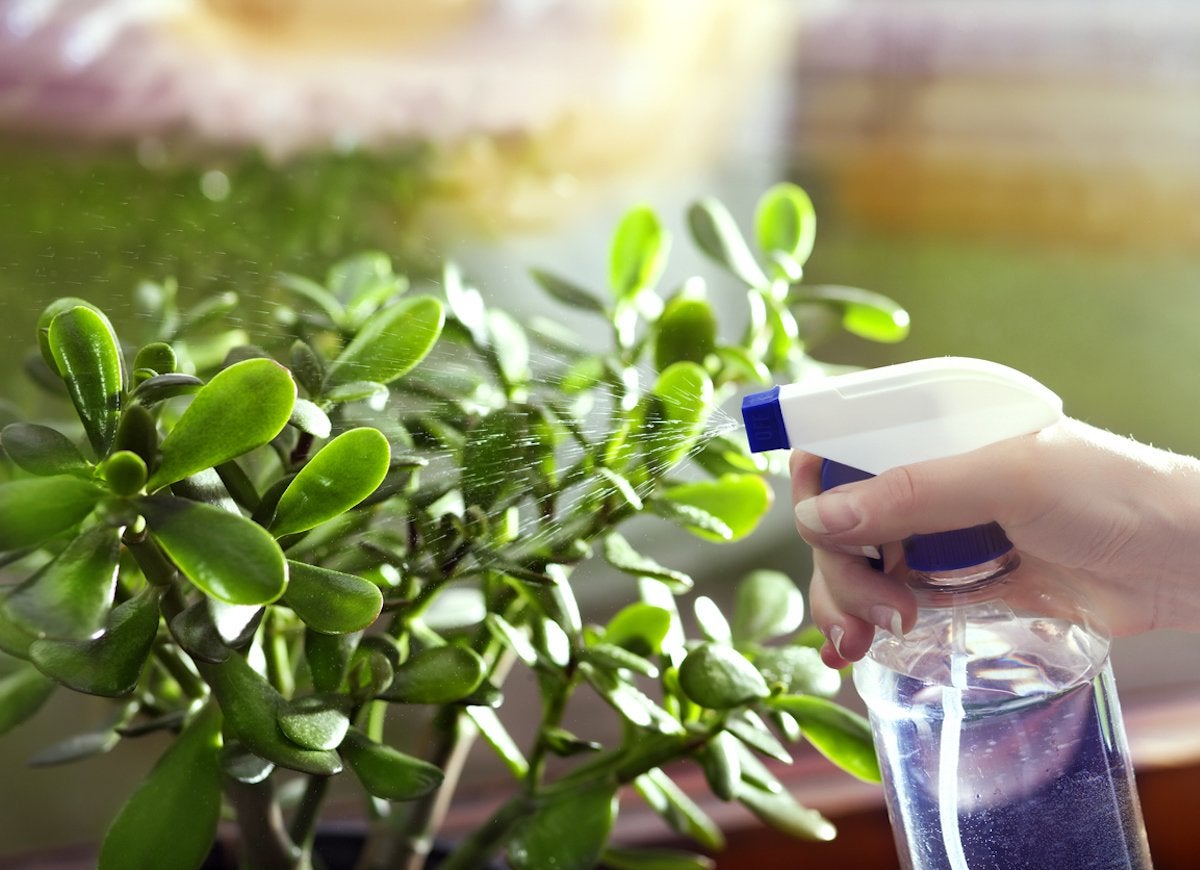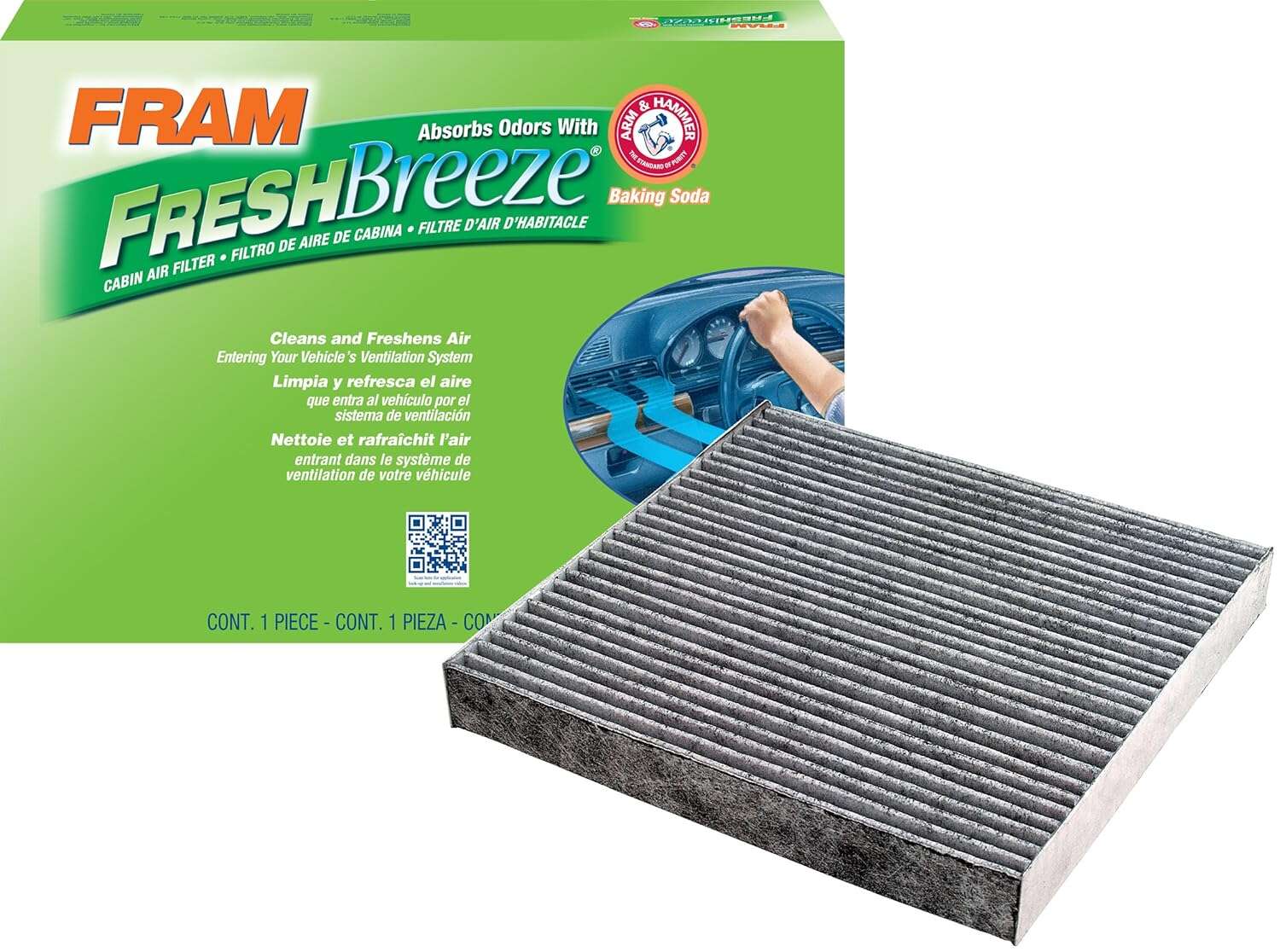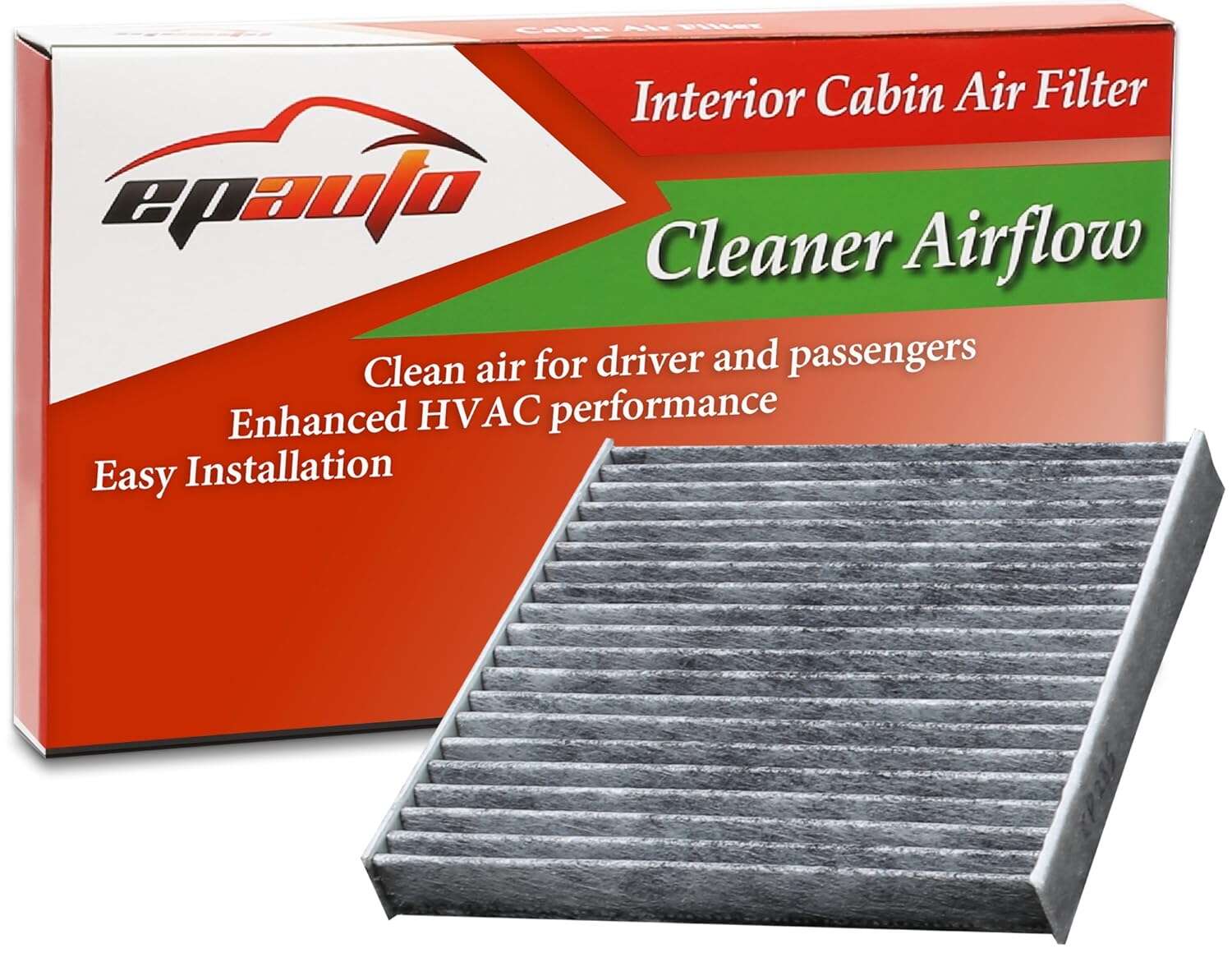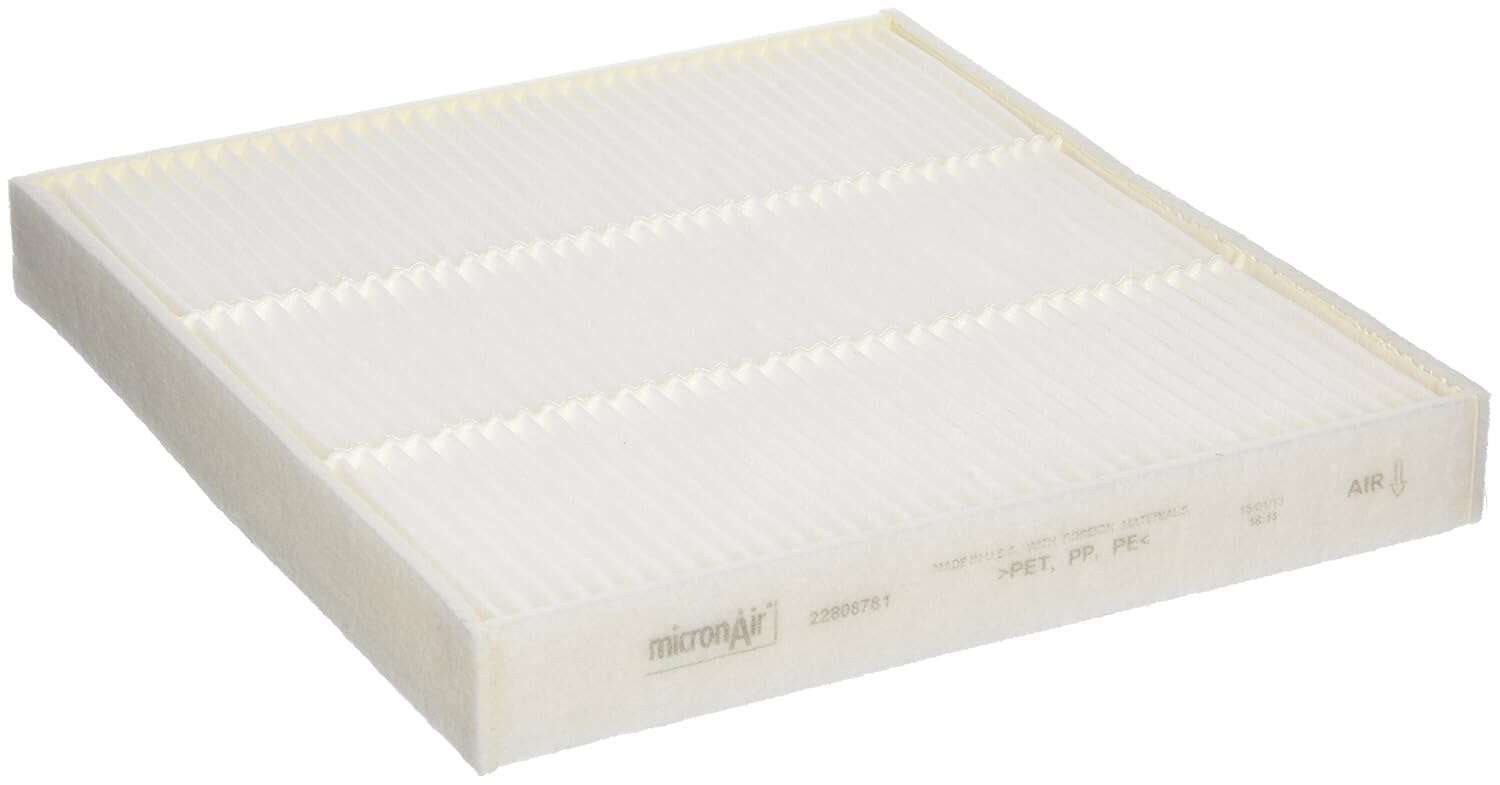If air at home seems to bother you, try to remove the sources of irritants first - Washington Post
If air at home seems to bother you, try to remove the sources of irritants first - Washington Post |
- If air at home seems to bother you, try to remove the sources of irritants first - Washington Post
- 3 Best Cabin Air Filters (2019) - The Drive
- 12 Big Mistakes That Lead to Mold and Mildew Growth - BobVila.com
- Molekule review: Clean air, clear breathing, and castles in the sky - iMore
| If air at home seems to bother you, try to remove the sources of irritants first - Washington Post Posted: 29 Apr 2019 12:00 AM PDT  When spring arrives, it's a joy to open your windows and feel the fresh air. All too soon it will be summer and we'll shut ourselves in again. This ritual raises a question: Which is healthier — outdoor air or indoor air? They're related, of course. The air inside our homes originates from outside and can carry pollen or pollutants, such as those produced by combustion engines. Indoor sources might add to the mix with tobacco smoke, cooking, mold spores, dust and pet dander. A tightly sealed home may allow this mix of particulate matter to become more concentrated inside than out. For good health outcomes, "The key is to catch small particles," says Stuart Batterman, an environmental health scientist at the University of Michigan's School of Public Health. Particles that are 2.5 micrometers or smaller — called fine particles, particulate matter 2.5 or PM2.5 — are small enough to travel deep into the lungs and sometimes cross into the bloodstream. Fine particles are regulated by the Environmental Protection Agency because they can cause health problems. High particulate matter may be associated with serious outcomes, such as asthma attacks, heart attacks and premature deaths in people with heart or lung disease. Those affected may experience airway irritation, difficulty breathing and coughing. The most vulnerable are those with asthma, particularly children because their airways are smaller, and elderly people who have respiratory conditions, such as chronic obstructive pulmonary disease or emphysema, or heart disease. The first things you should do is try to remove the source of irritants, says Brian Christman, a pulmonologist and spokesman for the American Lung Association. While air filters can be helpful, says Christman, who also is chief of medicine at Veterans Affairs' Tennessee Valley Health Care System in Nashville, "they're about number four or five on the list of things you can do about air quality." "If you're allergic to cats, and have five cats at home, an air filter won't help," he says. Short of getting rid of pets, you can keep them out of your bedroom. If mold is a problem, you'd want to dry out areas of dampness — whether that means fixing leaks or seepage or using an exhaust fan when you shower. Use the exhaust fan over your stove when you're cooking with high heat, such as grilling or stir-frying. Reducing the humidity of your home makes it less friendly for mold and dust mites. Specialized pillow and mattress covers can reduce dust mite exposure. Christman also suggests avoiding harsh cleaners such as ammonia and bleach. "Those things are hard on your airways, particularly if you have sensitive airways," he says. Stick to more natural cleaners such as vinegar and baking soda. After you've managed source control, a good air cleaner may help filter out what's left. Air cleaners can remove particulate matter from the air inside your home. There are two basic setups: a portable appliance or adapting a house- or building-wide HVAC system. The stand-alone appliances, also called air purifiers, circulate the air in a room and trap particles. If you have a forced air system of heating and cooling, that system does the same thing for all your rooms, and you can upgrade the system's filter to improve particle removal. A 2012 study tested portable air cleaners in low-income households of children with asthma. Air cleaners, when used in the children's bedroom, reduced particulate matter by an average of 50 percent. But families didn't use the devices consistently. Batterman, who co-wrote the study, says the portable air cleaners do produce some noise and people who use them do need to change the filters. "They do a reasonable job for a small area," he says, such as a bedroom. Those with forced air should take advantage of that system to clean the air throughout the house, Batterman says. You already have a filter; for cleaner air, you need to upgrade it to better catch small particles. And you need to change it regularly — every three months is a common recommendation. The cheapest filters are worthless for catching particles, Batterman says. He recommends a pleated filter with a Minimum Efficiency Reporting Value (MERV) rating of 13 or higher (so does the EPA). The MERV 13 filters cost about $15 to $20. The filter works whenever the system's fan is running and the windows are closed. That means during heating or air-conditioning season; or you can turn on fan mode. Newer thermostats have a mode that cycles the fan on and off, so you get the benefits of filtering without running the system constantly. "If you have a child with asthma or allergies, it's quite effective," Batterman says. And if you avoid one emergency room visit or a missed work day, then the more expensive filter has paid for itself. A couple of things to watch out for: Don't use air filters that have an electrical field. Called air ionizers or electronic filters, these create ozone, which is harmful for health. (Slightly off topic, but another invisible health hazard is radon. It's best to test your home; the greater Washington area is in a high-risk zone for radon.) Specific air-quality problems might provide additional reasons for filtering your home's air, such as wildfires. Air quality trouble spots can be viewed daily at an EPA website, AirNow.gov. But unless you have a health condition that requires you pay close attention to indoor air quality, you really don't need an air filter. Batterman says he's not a proponent of super clean spaces. Christman says regular dirt and dust are not bad for you. There's evidence that growing up in very clean environments is related to the rise in autoimmune and allergic disorders, although the precise culprits have not been identified. Read more Battling asthma can get harder, and scarier, as you age Hospitals find asthma hot spots more profitable to ignore than fix How many years do we lose to the air we breathe? |
| 3 Best Cabin Air Filters (2019) - The Drive Posted: 30 Apr 2019 02:55 PM PDT  Our top picks for the best cabin air filter will ensure that you constantly breathe fresh air in your car |
| 12 Big Mistakes That Lead to Mold and Mildew Growth - BobVila.com Posted: 01 May 2019 08:28 PM PDT  Mold spores drift through the air, eventually settling on the floor, where they are easily kicked up by the feet of family members and pets. If the spores finally land somewhere moist and undisturbed, they are likely to begin growing and dividing; it takes mold just 24 to 48 hours to establish a colony once spores have found a warm, damp spot. Vacuum all flooring, particularly carpeting and area rugs, at least once a week to help remove mold spores from your home. Ideally, use a vacuum equipped with a HEPA filter bag. |
| Molekule review: Clean air, clear breathing, and castles in the sky - iMore Posted: 03 May 2019 09:00 AM PDT
Sacramento, California is known as the "City of Trees" and is one of the top cities in the world with the most trees per-capita. I suffer from seasonal allergies and when March comes around, I'm miserable for about three months every year (I'm literally sneezing while writing this sentence). When I first heard about the Molekule air purifier, my interest was immediately piqued. Instead of using a traditional high-efficiency particulate air (HEPA) filter, it destroys pollutants at a molecular level, which the company says cleans the air better and keeps those pollutants from making it back into the air. Can this new technology truly help a seasonal allergy sufferer? Have I found the miracle cure for my spring sickness? I had to find out.  MolekulePrice: $799 Bottom line: This mini appliance does something no other air purifier does; it destroys pollutants instead of just collecting them. The Good
The Bad
Bells & WhistlesMolekule: The features
The Molekule air purifier is a large cylinder about two feet tall. It's got a fan at the bottom that pulls air up and a small pre-filter where larger particulates like dust are trapped. The air is then pushed up through Molekule's patented photoelectrochemical oxidation (PECO) filter, which is coated with nanoparticles that, when reacting to UV light, destroys pollutants at a molecular level. Things like pollen, pet dander, mold, bacteria, viruses, and VOCs (volatile organic compounds). Those last three are things that standard HEPA filters can't do at an efficient level (or at all in some cases).
While running, Molekule is lit up with a blue light, which is the pollutant-killing rock star of this outfit. The clean air is then pushed out of vents on the top of the cylinder. Molekule has an onboard touch screen controller, which allows you to change the fan force and volume between silent, auto, and boost. In silent mode, the fan runs at its quietest speed, but still cleans the air. In auto mode, the fan runs at medium speed at all times and automatically adjusts for the size of the room. Boost mode allows you to push the fan to its highest speed to work fast and hard to clear the room. It's usually used after something like a room cleaning. The onboard touch screen also shows you the filters' current health, lets you turn on Dark Mode (which turns the lights off if you need total darkness), and makes it possible to turn Molekule on or off. At about 18 pounds and almost two feet tall, Molekule is practically an appliance. Luckily, it has its own carrying handle. If you want to move it from one room to another, you can pick it up and carry it with relative ease (if you're capable of lifting something that's 18 pounds). When your filters are ready to be changed (every three months for the pre-filter and every six months for the PECO filter), you'll be sent new ones via a subscription. It's important for the health and effectiveness of Molekule to sign up for the subscription filters. Currently, there is no other way to buy replacements and the filters are the most important part of the air purifier. A subscription costs $65 every six months and includes one PECO filter and two pre-filters. To replace the filters, you'll first turn off your Molekule, then press down on the cylinder and twist counter-clockwise. This lifts the top of the cylinder up so you can pull out the PECO filter from the top and open the drawer to pull out the pre-filter from the bottom. The pre-filter will be dirty, covered with dust, pollen, and other bits of stuff that has been drawn up from the fan. The PECO filter will be nearly clean. You won't even think it needs to be changed. That means it's working. Because it's destroying pollutants at a molecular level, you're not supposed to actually see what's left behind. Though it looks clean, the PECO filter still needs to be changed every six months if you want it to continue performing properly. Breathing cleanMolekule: What I like
When I first plugged the Molekule in and started it up, I immediately worried that it would be too loud and too bright to sleep with it running. I was wrong. At the auto level, Molekule runs quieter than a fan running on low. It's actually a very pleasant sounding white noise, but not at all room-filling. If you're particularly sensitive to noise and don't like the sound of the fan, you can actually set it to Silent Mode and it will run at its lowest speed. It will still filter the air, just not with as much gusto.
As far as the blue light is concerned, I really didn't think I could sleep with it on. I can't sleep when my alarm clock numbers are too bright. This is a two-foot-tall cylinder that's emitting blue light for about a foot all the way around at the top. I was completely surprised to discover that I could sleep with the blue glowing light just fine. If the light does bother you, and I wouldn't blame you if it did, you can set Molekule to Dark mode, which turns the light off. You don't want to leave it off all the time because it's the light that actually kills the micro-pollutants. Through the companion app, you can actually schedule a time for it to turn off and on. That way, you don't have to worry about remembering to turn it back on and it won't keep you awake through the night. I change my house filters every six months because I know how important it is for filters to be clean. One of the most useful things about Molekule is its subscription service. Without even thinking or worrying about it, you'll receive a new set of filters every six months. You don't have to order anything, set a reminder, or even think about it for a second. The filters will just show up when you need them. With a contraption such as this, you might worry about how to change the filter, but frankly, it's a pleasant experience. The Molekule design makes replacing filters actually a little fun, or at least something that makes you feel smart. Speaking of design, Molekule looks like something Apple would make. It's like the Mac's hip, trendy younger sibling. Just as handsome, but actually a little bit cooler. When people see it in my house, they immediately ask, "What's that?" with the excited tone of a child seeing cotton candy for the first time. Does it work? Having started out as a complete skeptical, I've been won over. It's not perfect. I still wake up with a stuffy nose and runny eyes sometimes, but not nearly as often as I do without it. Considering how bad my hay fever normally gets, I'd say Molekule has helped me through my most difficult time of the year. My significant other caught a cold during my testing of Molekule. I'm not going to assume that it saved me from catching the same cold, but I will say that I didn't get sick. Molekule does destroy viruses, including those same little rhinoviruses that cause the common cold. $$$Molekule: What I don't like
Molekule is very big. It's more like an appliance. Obviously, in order to purify a 600 square-foot room, Molekule needs to be big. But there is no mini Molekule. Whether your room is 600 square feet or 150 square feet, you get a two-foot-tall cylinder. Once the company solidifies its place in the air purifying industry, maybe it'll design a smaller unit, but for now, you may have to reconfigure your bedroom in order to fit your Molekule.
Price is the biggest hurdle to face when deciding to purchase something that clearly works well. Is it worth $800 plus $130 per year for the rest of your life? That's a hard one to answer. Though Molekule definitely reduced my allergy symptoms, it didn't eliminate them altogether. If I was feeling particularly itchy eyes or a headache from my stuffed up nose, I couldn't just sit in my room for a half hour and suddenly stop feeling the symptoms. For $800, I kinda hoped it would.
BottomlineMolekule air purifier
Does it improve my quality of life? Yes. Is it a miracle cure for all allergies, no. For some people, Molekule is too much purifier for the price. If you've never really felt compelled to use an air purifier, you might consider going with something less expensive to begin with. HEPA filters do work, just not as good as Molekule. Molekule is for those people that have adverse reactions to airborne pollutants like pet dander, people who suffer from asthma and are particularly sensitive to VOCs, people that easily catch colds. If you've tried 10 different air purifiers, hoping to finally breathe well again and are always a little disappointed with the results, Molekule will probably be the 11th and final air purifier you get. For you, it's worth the price. Though you're paying a premium for Molekule, the company's founder and his family understand that price shouldn't be a barrier to better health. They do offer a payment plan for as low as $45 per month (depending on your credit). In the end, it's still a lot, but can be possible if you can't fork over $800 at one time.  MolekulePrice: $799 Bottom line: If you're tired of trying new air purifiers that promise the world, you may never by another one again once you've tried Molekule. |
| You are subscribed to email updates from "mold filter" - Google News. To stop receiving these emails, you may unsubscribe now. | Email delivery powered by Google |
| Google, 1600 Amphitheatre Parkway, Mountain View, CA 94043, United States | |








Comments
Post a Comment